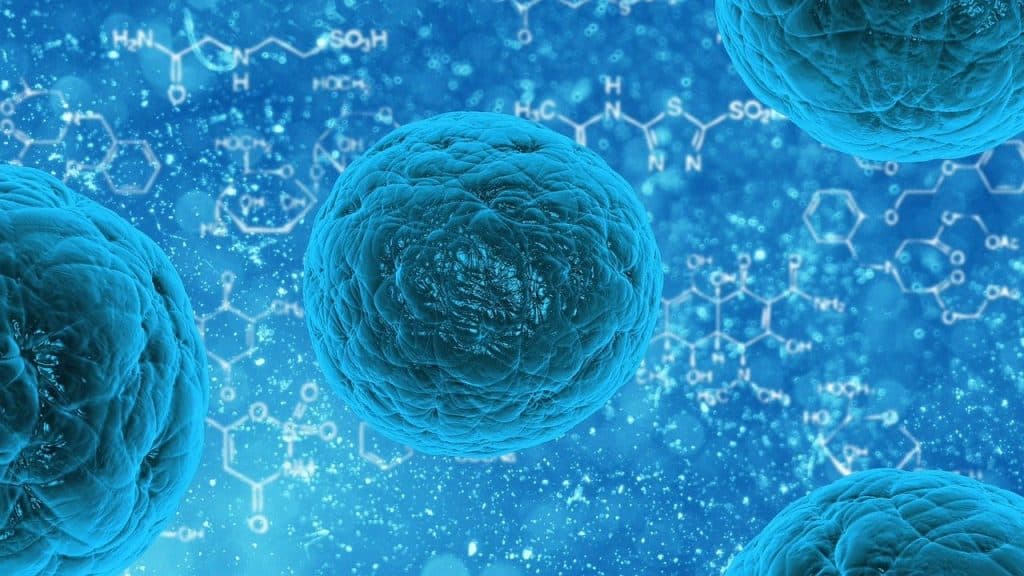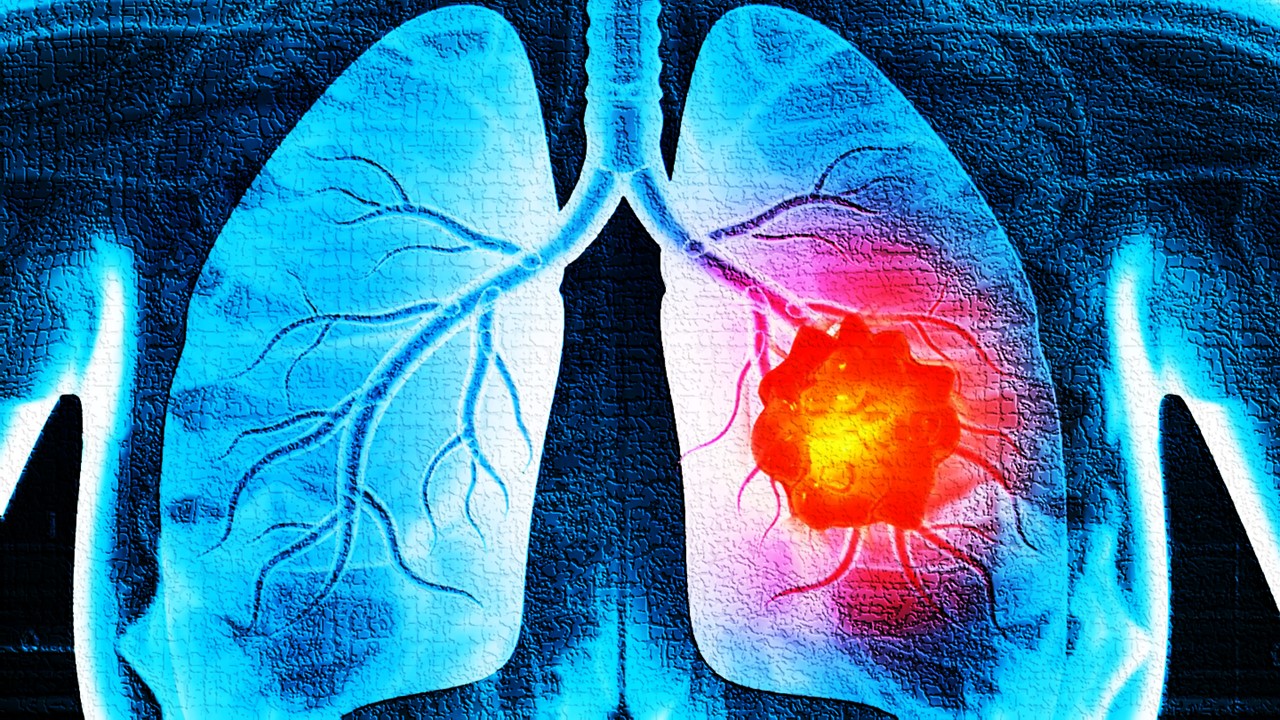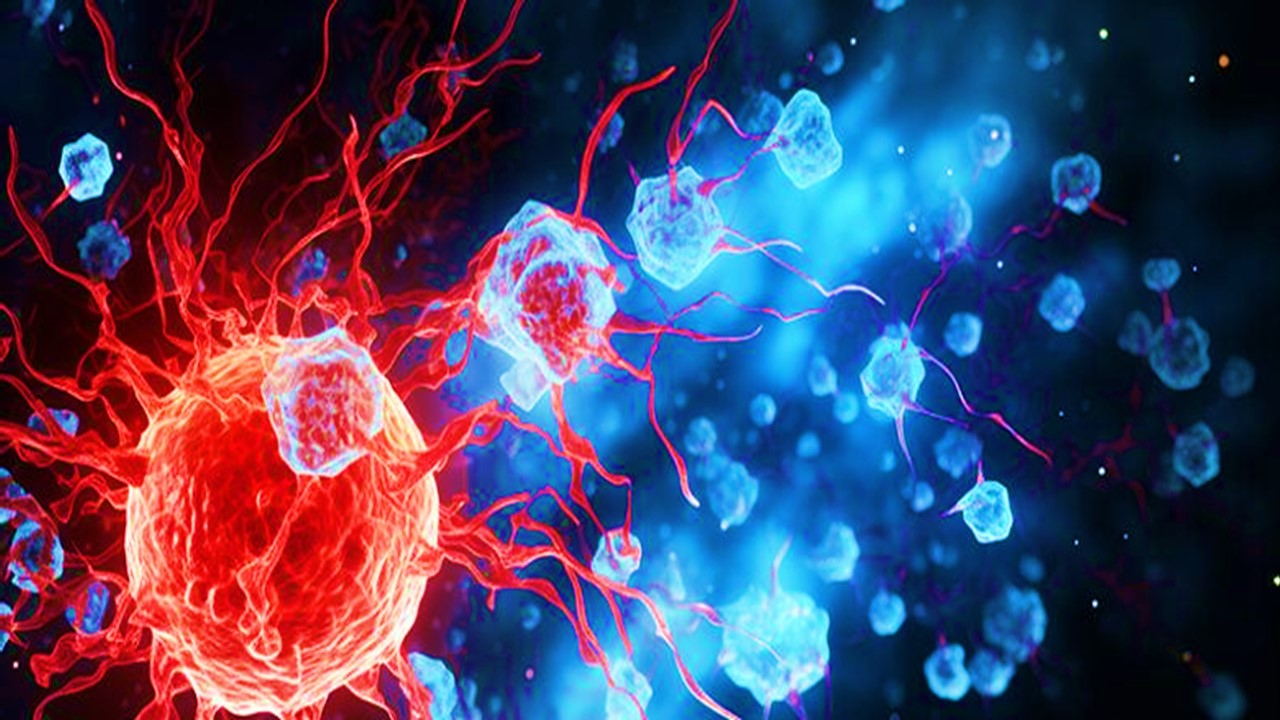
The market for therapeutics derived from monoclonal antibodies (mAbs) continues to grow at an exponential rate. An increasing number of pharma companies are expanding their pipelines to focus on this area, with promising developments for cancer and autoimmune disorders. The next few years will reveal the value of these products and potentially cure some diseases not previously thought curable
Monoclonal antibodies are proteins engineered within the lab that mimic the immune response. There are four main mechanisms in which mAb can be used in a therapeutic context:
• Neutralisation: mAbs can neutralise the pathophysiological function of their target molecule by binding to the ligand/receptor expressed on the cell surface. This mechanism causes the blocking of important signalling within the target pathway.
•Antibody-dependent cell-mediated cytotoxic activity (ADCC): The Fv binding domain of a monoclonal antibody is bound to a specific protein, known as the antigen, expressed on the surface of a target cell. This enables the antibody to recruit immune-effector cells, e.g. macrophages, which express various receptors that bind to the Fc domain and thus activate these effector cells to lyze (destroy) the target cell.
• Complement-dependent cytotoxic activity: CDC is similar to ADCC in that both interactions involve the host immune system. In CDC, the C1 complex of the antibody is bound to the antigen complex, which activates a “cascade of complement proteins, and causes a complex to form that attacks the membrane, resulting in lysis of the target cell”.
• Drug delivery carrier: Potentially one of the most focused areas of monoclonal therapeutics is the conjugation of these agents to drugs or toxins as drug delivery carriers.In comparison to conventional drugs, these conjugates can reach the target tissue directly and deliver higher local concentrations with less damage to healthy cells.
Bevacizumab is an example of a monoclonal antibody approved for a number of cancer types including colorectal cancer and breast cancer. The drug is an anti-VEGF (vascular endothelial growth factor) monoclonal antibody. Humanisation is a part of the development process which aims to engineer the mAb to be as close to human-derived antibodies as possible.
According to a publication, VEGF is the main factor that controls angiogenesis in cancer, and its expression is increased in most human tumours and is related to tumour proliferation/metastasis. The monoclonal antibody binds to VEGF, preventing the molecule from binding with its complementary receptors, blocking the signalling pathway of VEGF.
Developing therapeutic antibodies
The designing of mAbs can be a challenging task, especially with trying to create a biological component which mimics the host immune system closely enough to produce the desired effect.
High affinity, specificity and potency are the primary desired characteristics of antibody-based therapeutics. These properties form an integral part of clinical efficacy and can be altered by a number of factors. For example, differences in the binding domain of the antibody can impact the nature of the antibody-antigen interaction, including affinity and whether the binding event is activating or inhibitory.
Purification and filtration of mAbs:
- • The antibody is harvested from a mammalian cell culture, which involves the removal of cells and cellular debris to yield a filtered fluid suitable for chromatography – this is known as the harvested cell culture fluid (HCCF).
- • This is typically achieved through use of centrifugation, two forms of filtration known as depth and sterile filtration. Other approaches may be adopted depending on scale and facility capability.
- • One or two additional chromatography steps follow to optimise the quality of the antibody yield. One example is hydroxyapatite chromatography. These steps provide additional viral, host cell protein and DNA clearance, in addition to removing aggregates, unwanted products and other contaminants.
Following these stages, viral filtration works to remove endogenous viruses before ultrafiltration produces the final, formulated bulk substance.
Transgenic animals
The production of human mAb has predominantly been achieved through two major approaches: in vitro technologies like phage display, and the in vivo method of transgenic animals, mainly mice.
The immunisation of mice species continues to be a productive method of generating mAbs for therapeutic purposes. In simplified terms, a mouse is injected with an antigen of the target for antibodies to destroy. A very small number of cells producing the specific antibodies are then extracted and cultured to produce clones.
Antibody generation in vivo offers several advantages including the production of antibodies which demonstrate a high specificity and affinity for the antigen. These transgenic animal platforms take advantage of the in vivo host immune system to “generate diversity through canonical recombination and somatic hypermutation”.
Furthermore, in comparison with in vitro techniques, transgenic animals offer a less expensive approach as the antibodies are produced entirely within the animal. In vitro production requires complex tasks performed by highly trained professionals which is costly over long periods of time. The optimisation process also requires “large quantities of disposable supplies, an important factor in the increased costs associated with in vitro production”.
There are, however, a number of challenges the industry is working hard to address with transgenic animal platforms. One example is that the yield of is not always consistent between animals, as it is dependent on the hosts’ innate immune system. While there are techniques developed to predict antibody output, the physiology within an organism is not always systematic and can encounter organic disruptions.
Secondly, while affinity chromatography has been a robust technology for the initial purification stages, additional steps such as viral inactivation exposes the antibody product to harsh pH and salt conditions, which can degrade the mAb, leading to instability and loss of the product.
The challenges with transgenic animals for monoclonal production has seen the industry focus resources on optimising the current techniques as well as look to other forms of production.
Recent advancements and future research
According to a 2018 publication, the emerging trends could significantly impact the production of monoclonal antibodies:
- • Developing of human antibody generation platforms in species other than mouse
- • Creating transgenic systems that produce non-canonical (less established) antibodies
- • Attempting to genetically manipulate the immune system to yield unconventional antibody ‘repertoires’
Optimising the development and manufacturing processes is dependent on accelerating the drug discovery stage for antibody-based therapy. One approach suggested to speed up the identification of lead compounds is to “screen prospectively isolated panels against new pathogens and many viral strains”.
High throughput single B-cell technologies is an example of this, a recent engineering success which aims to support the accelerated antibody discovery in transgenic animal platforms.
Charlotte Di Salvo, Former Editor & Chief Medical Writer
PharmaFEATURES
Subscribe
to get our
LATEST NEWS
Related Posts

Immunology & Oncology
The Silent Guardian: How GAS1 Shapes the Landscape of Metastatic Melanoma
GAS1’s discovery represents a beacon of hope in the fight against metastatic disease.

Immunology & Oncology
Resistance Mechanisms Unveiled: The Role of Glutathione S-Transferase in Cancer Therapy Failures
Understanding this dual role of GSTs as both protectors and accomplices to malignancies is central to tackling drug resistance.
Read More Articles
Myosin’s Molecular Toggle: How Dimerization of the Globular Tail Domain Controls the Motor Function of Myo5a
Myo5a exists in either an inhibited, triangulated rest or an extended, motile activation, each conformation dictated by the interplay between the GTD and its surroundings.
Designing Better Sugar Stoppers: Engineering Selective α-Glucosidase Inhibitors via Fragment-Based Dynamic Chemistry
One of the most pressing challenges in anti-diabetic therapy is reducing the unpleasant and often debilitating gastrointestinal side effects that accompany α-amylase inhibition.













